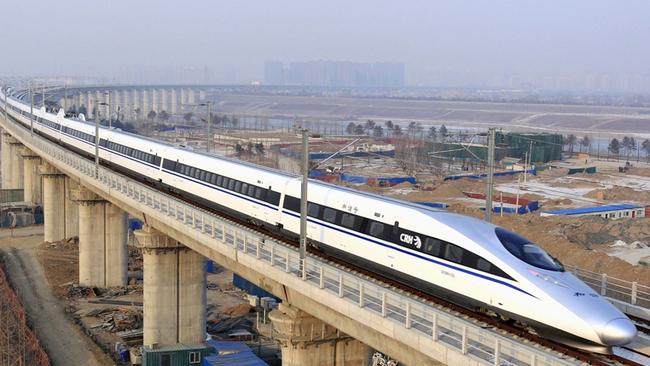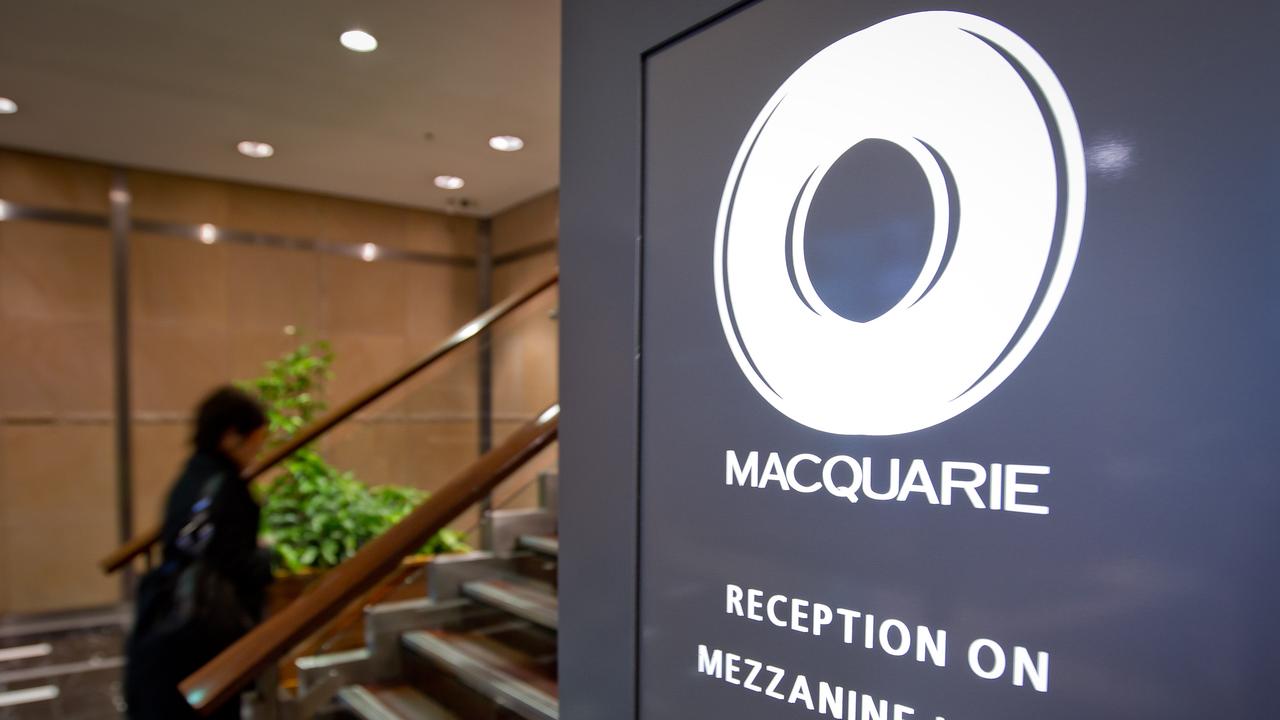US wakes from its infrastructure sleep to an emboldened China
Given China’s rapid rise, the US needs to be wary of starting a trade war before its industrial capacity is restored.

China has set up 21st`century infrastructure that has either gone ahead of the US or at least started to challenge American dominance.
China watched in amazement as the US allowed its defence and industrial capacity to decay. But the US also fell behind in terms of modern internal infrastructure. The combination led China to lose respect for the US and gave China the confidence to attempt to take control of the South China Sea.
So, let’s take a peep at what President Trump and his advisers have discovered or will discover about the power China is developing via its modern infrastructure.
And, guess what, there are also lessons for the politicians on both sides of the house in Canberra who are still in Obama-Bush style slumbers.
While America’s navy was running down, China took the opportunity to develop a maritime network that now equals or betters any nation on earth. Its port network expansion began with developing its own ports and then moved on to establishing freight ports in other strategic countries. These strategic international freight ports are being converted to naval powerhouses for China.
And, so, China initially developed Pakistan’s Arabian Sea port of Gwadar to bring oil from the Middle East to China. But it is now a major China naval base as China moves towards becoming a major sea power in the region. But, of course, Pakistan also has an alliance with the US which is its second-largest supplier of military equipment. China is the largest.
And Pakistan’s Gwadar has been the model for its investment in ports in the horn of East Africa in Djibouti, Sri Lanka and Greece. More ports are in the pipeline.
As we saw with the British Empire, the combination of naval and commercial shipping capacity gives a nation incredible power.
According to FT research, China controls 18 per cent of the world’s container shipping as transported by the top companies and some two thirds of the world’s container ports have some degree of China investment — including Darwin.
Be very careful President Trump about getting into a trade war with China until you have restored US industrial capacity and started to rebuild investment in the navy.
And as my readers are well aware, China realised that the vast sums the US has poured into the Joint Strike Fighter will produce at the very best a second rate aircraft and that it will be no threat to China.
The real threat was the America’s F-22 which was mothballed by the Pentagon. China developed the Chengdu J-20 to challenge the F22.
If we are to avoid a war and/or curb China’s dominance to our north, then America has to wake from its sleep and regain the respect of China.
As with shipping, China is also leading the world in terms of land-based domestic infrastructure.
China has discovered the way to allow people to buy dwellings at reasonable prices outside of major cities like Beijing, Shanghai and Guangzhou and to connect them to the cities via a network of very fast trains.
There have been some mistakes in the China fast train network but it takes 19 minutes to travel the 51km from Kunshan to Shanghai, where dwellings are 70 per cent cheaper than in the huge metropolis.
In Australia we think that building a second Sydney airport is preferable to a fast train network to enable people to live outside our big cities in affordable dwellings.
China has found that while it makes sense to have 350km-an-hour trains between major cities, the smaller routes are much cheaper to construct at 250km-per-hour.
China’s fast train network got caught in corruption and poor decisions were made but the lessons learned and the benefits gained have prompted a new and massive investment in fast train infrastructure.
It makes lot more sense than alternatives like air transport which are favoured by Australia and the US.
And when it comes to power transmission, in the 1880s and 1890s the world began to develop power networks using alternating current (AC) rather than direct current (DC).
Later technology development made DC more attractive but it was too late.
But China now has the world’s biggest DC power network which is much more efficient in transporting power over large distances. The US has started with a major line from Oklahoma but it has a long way to catch up.
As the world gets better at the technologies of solar and wind, then DC networks will enable more efficient transport of the power from deserts and wind centres to population centres.
We may not like President Trump and we may not agree with his protectionist policies but the American voters in the ravaged towns and cities in the middle of the country knew they desperately needed someone to wake the country up.
And Australia can be grateful because it was becoming increasingly likely that having the US as a partner was dangerous because, as the US became weaker, it had the potential to provoke an increasingly powerful China.







When the US wakes up following a couple of decades of infrastructure and defence equipment slumber under the Bush and Obama administrations, it is in for a shock.